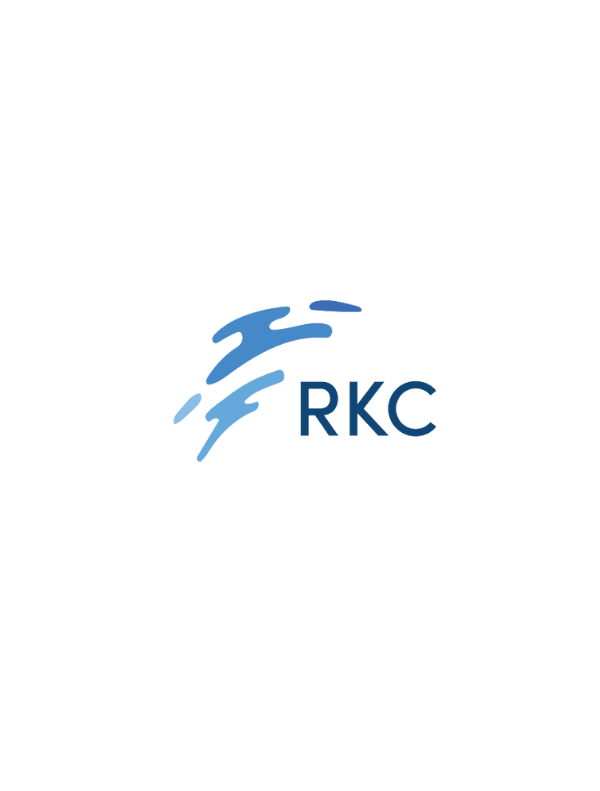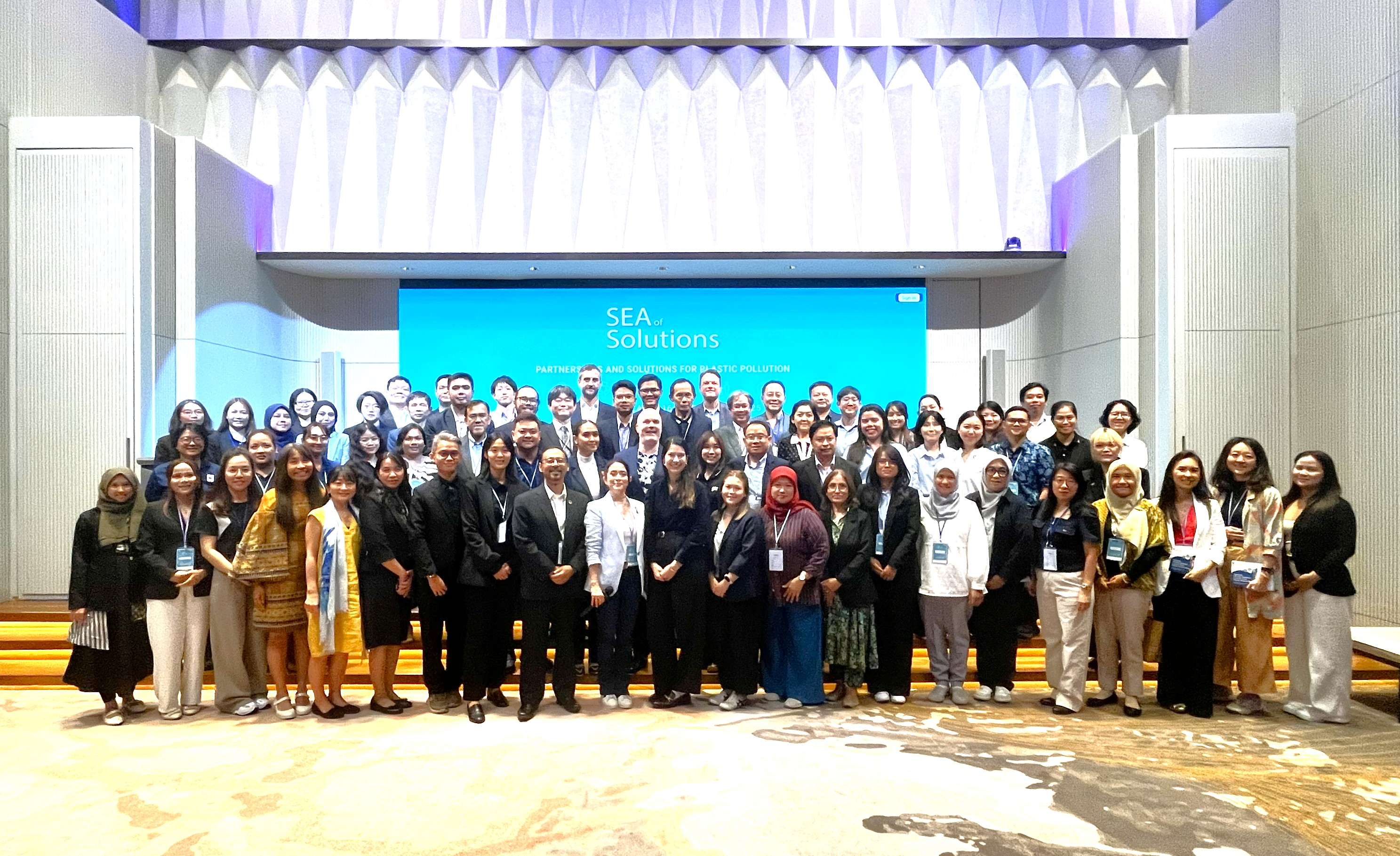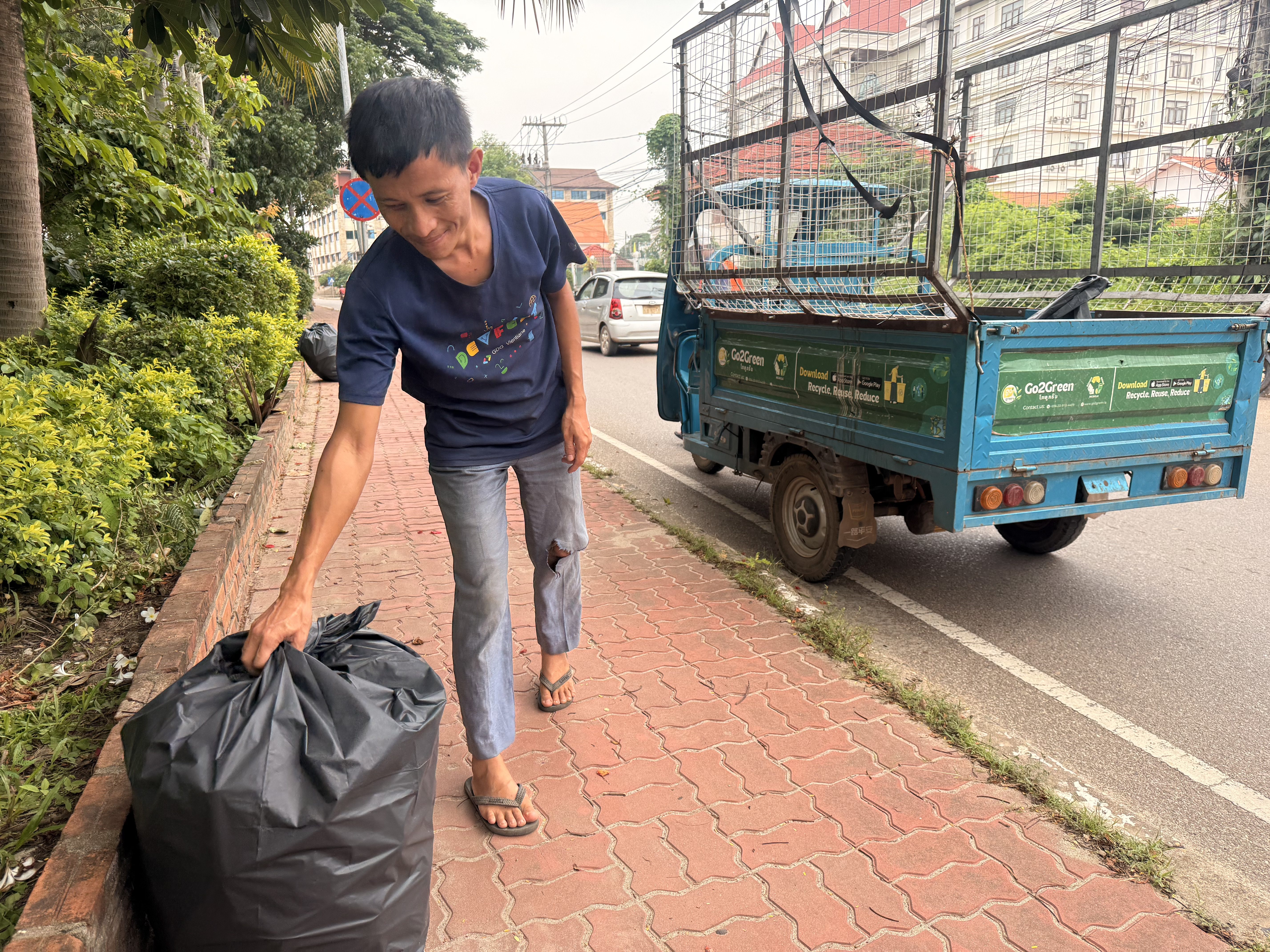

Bangkok, 23 November 2022: ERIA, in collaboration with the Institute for Global Environmental Strategies (IGES), co-hosted The Implementation of Extended Producer Responsibility (EPR) in the Asian Context: Challenges and Lessons Learned hybrid seminar.
The seminar was a back-to-back side event of the 16th Asia Pacific Roundtable on Sustainable Consumption and Production (APRSCP) held in Bangkok, Thailand. Its objectives were to discuss EPR in the Asian context; share reflections, challenges, and lessons learned from EPR implementation in some Asian countries; and discuss the main challenges and key takeaways for countries preparing to introduce EPR.
Mr Michikazu Kojima, ERIA Senior Advisor, in his opening remarks underlined that it is fundamental to learn from countries with years of EPR experience. Discussions of the specific challenges faced by developing Asian countries are necessary so those countries can save time and resources in implementing EPR.
‘I hope our discussion today will suggest some positive ways forward for relevant stakeholders working on the implementation and introduction of EPR,’ he said.
EPR in Asian Countries
Mr Kojima said EPR was first introduced in four states in the United States and one state in Canada back in the 1970s. Since 1990s, some East Asian countries have followed suit, and other Southeast and East Asian countries are planning to apply similar schemes as a means of waste management. For instance, Singapore put into effect the Resource Sustainability Act, which applies EPR to e-waste and packaging waste. Viet Nam introduced the scheme in 2013 through the Regulation on Recovery and Disposal of Waste Product Removal. However, implementation of the regulation was not effective, so it was revised in 2015.
Dr Yasuhiko Hotta, IGES Vice President of APRSCP and Programme Director of Sustainable Consumption and Production Area, identified six challenges for adopting EPR: interpretation of EPR, the difficulty of identifying producers, the infeasibility of the take-back scheme, competition with the informal waste management sector, waste collection and treatment infrastructure, and the import and export of recyclables.
He described how Japan implements the Home Appliance Recycling Act, which targets air conditioners, TV sets, refrigerators, freezers, and washing machines. Consumers pay collection, transportation, and recycling fees when disposing of those appliances. The collection and transportation fees are set by the retailers, while the recycling fee is set by the manufacturers.
‘Japanese companies invest in recycling facilities. Before making their products, they usually send their product designers to the recycling facility so that they can learn how to make their products easy to be recycled,’ said Dr Hotta.
Implementation of the act came with a great degree of involvement of the manufacturer’s association, said Dr Hotta. Before it took effect, the association established a voluntary agreement for the collection of used appliances in collaboration with municipalities. To make the take-back scheme most effective, the government optimised existing commercial habits, whereby retailers take back used appliances from customers when they deliver new products. These two actions are key to EPR implementation in Japan.
Mr Pranshu Sambhav, Founder and Director of Karo Sambhav, an e-waste company in India, said the pathway of EPR implementation in his country started back in 2012 when the E-Waste Management Rules took effect. However, due to a lack of enforcement, there was no effective implementation. Similarly, the Plastic Management Rules introduced in 2016 and in 2018 were revised to make them more operational.
Over time, the EPR system developed in India, and the government issued the Battery Waste Management Rules and Waste Tyre Rules in 2022. Nevertheless, EPR implementation in the country faces many challenges. Mr Sambhav drew attention to the fact that the fee paid and collected by the producers under the EPR scheme needs to be calibrated carefully. The country also lags in effective law enforcement, the establishment of digital monitoring systems, and the availability of responsible recycling infrastructure.
‘There is a misunderstanding that EPR is only about the producers. All actors in the value chain should be involved to enforce the scheme,’ he said.
Ms Pauline Goh, General Manager of the Malaysian Recycling Alliance (MAREA), said the EPR scheme targeting consumer packaging waste is still in the voluntary stage. There are several policies related to EPR in Malaysia, including the Twelfth Malaysia Plan and Malaysia Plastics Sustainability Roadmap 2021-2030. To propel the industry’s recycling efforts within the current legislative environment, MAREA is working on three waste value chains: collection, separation, and recycling, and targets reaching a recycling rate of 25% by 2025.
Dr Panate Manomaivibool, Head of the Circular Economy for Waste-free Thailand (CEWT) Research Centre at Mae Fah Luang University ,shared the progress of EPR implementation in Thailand, saying it has only limited voluntary initiatives operational on the ground.
‘One of the interpretations of EPR is that the companies implement it as part of corporate social responsibility [CSR]. The electronic industries have already tried it out within this framework, but the take-back scheme they applied was not effective since the capacity of the waste collection was less than expected,' he said.
He also said marine debris prevention and the bio circular green (BCG) economy are the new drivers to fostering EPR implementation in Thailand.
Mr Federico Tempestilli, Circular Economy Consultant at the United Nations Development Programme (UNDP Cambodia), said the country plans to start with a voluntary EPR scheme and then move toward a mandatory one. In the voluntary stage, it targets low-hanging fruit products, such as PET bottles, for which the application of EPR is easier and faster. This stage also includes efforts to ban non-essential products, such as straws, cups, cutlery, and expanded polystyrene.
For the mandatory stage, the country will set the roles of the government, private sector, and informal waste sector, to enforce EPR regulations, and develop guidelines for eco-labelling and certification for environmentally friendly products.
Who are the Producers?
During the Q&A session, the narrow definition of the term producer in the EPR context was viewed as problematic. In developing countries, actual plastic producers are relatively limited in number and most of the plastic is injected into society by plastic importers. This causes the importers to not feel responsible for the post-consumer waste, as they are not directly involved in the production process.
‘In some countries, including Japan, the importers are rightfully considered as producers,’ said Mr Kojima.
Mr Tempestilli said the interpretation of the term producer in EPR can differ from country to country. He cited an example from Indonesia where the term producer was gradually switched to stakeholder, to include a wider range of actors to share the responsibilities. He also said that in Cambodia, terminologies surrounding EPR are still not clearly defined. However, after much discussion, the term producer will likely include the importers.
Another topic of discussion revolved around the idea that EPR should focus not only on waste management, such as waste collection and recycling, but it should also be applied to the entire value chain of the products. As such, the way forward for Asian countries preparing to introduce EPR is to consider this policy tool as a more holistic approach, rather than a mere means of downstream waste management.
Dr Hotta closed the seminar saying ERIA and IGES would continue conducting dialogue on EPR, and plan to develop EPR knowledge products in emerging economies.
Bangkok, 23 November 2022: ERIA, in collaboration with the Institute for Global Environmental Strategies (IGES), co-hosted The Implementation of Extended Producer Responsibility (EPR) in the Asian Context: Challenges and Lessons Learned hybrid seminar.
The seminar was a back-to-back side event of the 16th Asia Pacific Roundtable on Sustainable Consumption and Production (APRSCP) held in Bangkok, Thailand. Its objectives were to discuss EPR in the Asian context; share reflections, challenges, and lessons learned from EPR implementation in some Asian countries; and discuss the main challenges and key takeaways for countries preparing to introduce EPR.
Mr Michikazu Kojima, ERIA Senior Advisor, in his opening remarks underlined that it is fundamental to learn from countries with years of EPR experience. Discussions of the specific challenges faced by developing Asian countries are necessary so those countries can save time and resources in implementing EPR.
‘I hope our discussion today will suggest some positive ways forward for relevant stakeholders working on the implementation and introduction of EPR,’ he said.
EPR in Asian Countries
Mr Kojima said EPR was first introduced in four states in the United States and one state in Canada back in the 1970s. Since 1990s, some East Asian countries have followed suit, and other Southeast and East Asian countries are planning to apply similar schemes as a means of waste management. For instance, Singapore put into effect the Resource Sustainability Act, which applies EPR to e-waste and packaging waste. Viet Nam introduced the scheme in 2013 through the Regulation on Recovery and Disposal of Waste Product Removal. However, implementation of the regulation was not effective, so it was revised in 2015.
Dr Yasuhiko Hotta, IGES Vice President of APRSCP and Programme Director of Sustainable Consumption and Production Area, identified six challenges for adopting EPR: interpretation of EPR, the difficulty of identifying producers, the infeasibility of the take-back scheme, competition with the informal waste management sector, waste collection and treatment infrastructure, and the import and export of recyclables.
He described how Japan implements the Home Appliance Recycling Act, which targets air conditioners, TV sets, refrigerators, freezers, and washing machines. Consumers pay collection, transportation, and recycling fees when disposing of those appliances. The collection and transportation fees are set by the retailers, while the recycling fee is set by the manufacturers.
‘Japanese companies invest in recycling facilities. Before making their products, they usually send their product designers to the recycling facility so that they can learn how to make their products easy to be recycled,’ said Dr Hotta.
Implementation of the act came with a great degree of involvement of the manufacturer’s association, said Dr Hotta. Before it took effect, the association established a voluntary agreement for the collection of used appliances in collaboration with municipalities. To make the take-back scheme most effective, the government optimised existing commercial habits, whereby retailers take back used appliances from customers when they deliver new products. These two actions are key to EPR implementation in Japan.
Mr Pranshu Sambhav, Founder and Director of Karo Sambhav, an e-waste company in India, said the pathway of EPR implementation in his country started back in 2012 when the E-Waste Management Rules took effect. However, due to a lack of enforcement, there was no effective implementation. Similarly, the Plastic Management Rules introduced in 2016 and in 2018 were revised to make them more operational.
Over time, the EPR system developed in India, and the government issued the Battery Waste Management Rules and Waste Tyre Rules in 2022. Nevertheless, EPR implementation in the country faces many challenges. Mr Sambhav drew attention to the fact that the fee paid and collected by the producers under the EPR scheme needs to be calibrated carefully. The country also lags in effective law enforcement, the establishment of digital monitoring systems, and the availability of responsible recycling infrastructure.
‘There is a misunderstanding that EPR is only about the producers. All actors in the value chain should be involved to enforce the scheme,’ he said.
Ms Pauline Goh, General Manager of the Malaysian Recycling Alliance (MAREA), said the EPR scheme targeting consumer packaging waste is still in the voluntary stage. There are several policies related to EPR in Malaysia, including the Twelfth Malaysia Plan and Malaysia Plastics Sustainability Roadmap 2021-2030. To propel the industry’s recycling efforts within the current legislative environment, MAREA is working on three waste value chains: collection, separation, and recycling, and targets reaching a recycling rate of 25% by 2025.
Dr Panate Manomaivibool, Head of the Circular Economy for Waste-free Thailand (CEWT) Research Centre at Mae Fah Luang University ,shared the progress of EPR implementation in Thailand, saying it has only limited voluntary initiatives operational on the ground.
‘One of the interpretations of EPR is that the companies implement it as part of corporate social responsibility [CSR]. The electronic industries have already tried it out within this framework, but the take-back scheme they applied was not effective since the capacity of the waste collection was less than expected,' he said.
He also said marine debris prevention and the bio circular green (BCG) economy are the new drivers to fostering EPR implementation in Thailand.
Mr Federico Tempestilli, Circular Economy Consultant at the United Nations Development Programme (UNDP Cambodia), said the country plans to start with a voluntary EPR scheme and then move toward a mandatory one. In the voluntary stage, it targets low-hanging fruit products, such as PET bottles, for which the application of EPR is easier and faster. This stage also includes efforts to ban non-essential products, such as straws, cups, cutlery, and expanded polystyrene.
For the mandatory stage, the country will set the roles of the government, private sector, and informal waste sector, to enforce EPR regulations, and develop guidelines for eco-labelling and certification for environmentally friendly products.
Who are the Producers?
During the Q&A session, the narrow definition of the term producer in the EPR context was viewed as problematic. In developing countries, actual plastic producers are relatively limited in number and most of the plastic is injected into society by plastic importers. This causes the importers to not feel responsible for the post-consumer waste, as they are not directly involved in the production process.
‘In some countries, including Japan, the importers are rightfully considered as producers,’ said Mr Kojima.
Mr Tempestilli said the interpretation of the term producer in EPR can differ from country to country. He cited an example from Indonesia where the term producer was gradually switched to stakeholder, to include a wider range of actors to share the responsibilities. He also said that in Cambodia, terminologies surrounding EPR are still not clearly defined. However, after much discussion, the term producer will likely include the importers.
Another topic of discussion revolved around the idea that EPR should focus not only on waste management, such as waste collection and recycling, but it should also be applied to the entire value chain of the products. As such, the way forward for Asian countries preparing to introduce EPR is to consider this policy tool as a more holistic approach, rather than a mere means of downstream waste management.
Dr Hotta closed the seminar saying ERIA and IGES would continue conducting dialogue on EPR, and plan to develop EPR knowledge products in emerging economies.

Communication Desk



